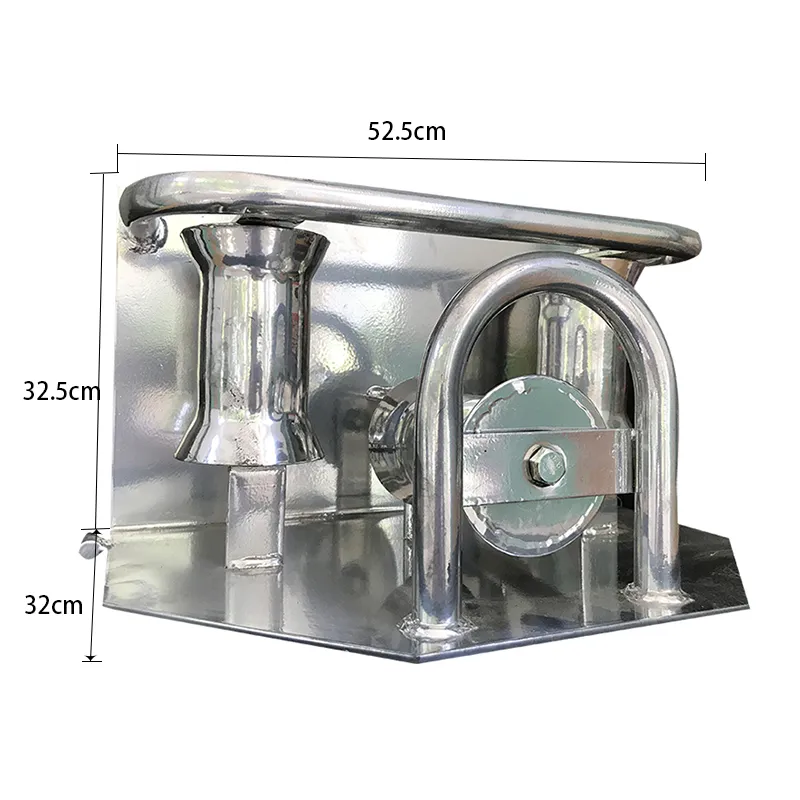
-
 Afrikaans
Afrikaans -
 Albanian
Albanian -
 Amharic
Amharic -
 Arabic
Arabic -
 Armenian
Armenian -
 Azerbaijani
Azerbaijani -
 Basque
Basque -
 Belarusian
Belarusian -
 Bengali
Bengali -
 Bosnian
Bosnian -
 Bulgarian
Bulgarian -
 Catalan
Catalan -
 Cebuano
Cebuano -
 Corsican
Corsican -
 Croatian
Croatian -
 Czech
Czech -
 Danish
Danish -
 Dutch
Dutch -
 English
English -
 Esperanto
Esperanto -
 Estonian
Estonian -
 Finnish
Finnish -
 French
French -
 Frisian
Frisian -
 Galician
Galician -
 Georgian
Georgian -
 German
German -
 Greek
Greek -
 Gujarati
Gujarati -
 Haitian Creole
Haitian Creole -
 hausa
hausa -
 hawaiian
hawaiian -
 Hebrew
Hebrew -
 Hindi
Hindi -
 Miao
Miao -
 Hungarian
Hungarian -
 Icelandic
Icelandic -
 igbo
igbo -
 Indonesian
Indonesian -
 irish
irish -
 Italian
Italian -
 Japanese
Japanese -
 Javanese
Javanese -
 Kannada
Kannada -
 kazakh
kazakh -
 Khmer
Khmer -
 Rwandese
Rwandese -
 Korean
Korean -
 Kurdish
Kurdish -
 Kyrgyz
Kyrgyz -
 Lao
Lao -
 Latin
Latin -
 Latvian
Latvian -
 Lithuanian
Lithuanian -
 Luxembourgish
Luxembourgish -
 Macedonian
Macedonian -
 Malgashi
Malgashi -
 Malay
Malay -
 Malayalam
Malayalam -
 Maltese
Maltese -
 Maori
Maori -
 Marathi
Marathi -
 Mongolian
Mongolian -
 Myanmar
Myanmar -
 Nepali
Nepali -
 Norwegian
Norwegian -
 Norwegian
Norwegian -
 Occitan
Occitan -
 Pashto
Pashto -
 Persian
Persian -
 Polish
Polish -
 Portuguese
Portuguese -
 Punjabi
Punjabi -
 Romanian
Romanian -
 Russian
Russian -
 Samoan
Samoan -
 Scottish Gaelic
Scottish Gaelic -
 Serbian
Serbian -
 Sesotho
Sesotho -
 Shona
Shona -
 Sindhi
Sindhi -
 Sinhala
Sinhala -
 Slovak
Slovak -
 Slovenian
Slovenian -
 Somali
Somali -
 Spanish
Spanish -
 Sundanese
Sundanese -
 Swahili
Swahili -
 Swedish
Swedish -
 Tagalog
Tagalog -
 Tajik
Tajik -
 Tamil
Tamil -
 Tatar
Tatar -
 Telugu
Telugu -
 Thai
Thai -
 Turkish
Turkish -
 Turkmen
Turkmen -
 Ukrainian
Ukrainian -
 Urdu
Urdu -
 Uighur
Uighur -
 Uzbek
Uzbek -
 Vietnamese
Vietnamese -
 Welsh
Welsh -
 Bantu
Bantu -
 Yiddish
Yiddish -
 Yoruba
Yoruba -
 Zulu
Zulu


TEL:
0086-311-88862036
Chw . 18, 2025 08:13 Back to list
wire pulling swivel
Understanding the green and yellow earth wire is crucial for anyone involved in electrical installations or maintenance. This wire plays an essential role in ensuring the safety and functionality of electrical systems in households and industries alike.
For businesses and industries, understanding the earth wire’s role expands beyond safety. It is integral to the overall efficiency of electrical systems. A properly grounded system ensures that equipment operates within optimal parameters, reducing downtime due to electrical faults. This underscores the value of investing in high-quality materials and professional expertise, as initial savings on lower-quality components can lead to significant long-term costs associated with repairs and equipment failures. The design and implementation of electrical systems that prioritize safety and efficiency can greatly benefit from a robust grounding framework. Innovative solutions, such as using advanced grounding systems and monitoring technology, are now available to enhance the reliability of the earth wire's performance. These technologies can continuously monitor the health and connectivity of grounding systems, detecting potential issues before they escalate into critical problems. Trust is another crucial element in the narrative of the green and yellow earth wire. To establish Trustworthiness, consumers must rely on recognized standards and certifications. Products adhering to notable certifications such as ISO standards ensure that they meet international safety and quality benchmarks, providing peace of mind to users. In cultivating an authoritative stance on electrical safety, it is imperative for professionals and manufacturers to commit to ongoing education and adaptation to technological advancements. This dedication not only bolsters the expertise and authority of individuals and companies within the industry but also enhances overall public confidence in electrical safety infrastructures. In conclusion, the green and yellow earth wire, while seemingly a simple component, is a linchpin in electrical safety and efficiency. Its presence not only protects but also enhances the operational stability of electrical installations, making it indispensable in both residential and industrial settings. By ensuring compliance with global standards and embracing continuous innovation, the stakeholders involved can foster safer environments marked by reliability and trust.


For businesses and industries, understanding the earth wire’s role expands beyond safety. It is integral to the overall efficiency of electrical systems. A properly grounded system ensures that equipment operates within optimal parameters, reducing downtime due to electrical faults. This underscores the value of investing in high-quality materials and professional expertise, as initial savings on lower-quality components can lead to significant long-term costs associated with repairs and equipment failures. The design and implementation of electrical systems that prioritize safety and efficiency can greatly benefit from a robust grounding framework. Innovative solutions, such as using advanced grounding systems and monitoring technology, are now available to enhance the reliability of the earth wire's performance. These technologies can continuously monitor the health and connectivity of grounding systems, detecting potential issues before they escalate into critical problems. Trust is another crucial element in the narrative of the green and yellow earth wire. To establish Trustworthiness, consumers must rely on recognized standards and certifications. Products adhering to notable certifications such as ISO standards ensure that they meet international safety and quality benchmarks, providing peace of mind to users. In cultivating an authoritative stance on electrical safety, it is imperative for professionals and manufacturers to commit to ongoing education and adaptation to technological advancements. This dedication not only bolsters the expertise and authority of individuals and companies within the industry but also enhances overall public confidence in electrical safety infrastructures. In conclusion, the green and yellow earth wire, while seemingly a simple component, is a linchpin in electrical safety and efficiency. Its presence not only protects but also enhances the operational stability of electrical installations, making it indispensable in both residential and industrial settings. By ensuring compliance with global standards and embracing continuous innovation, the stakeholders involved can foster safer environments marked by reliability and trust.
Next:
Latest news
The Unique Design of Cable Socks
NewsJun.04,2025
Swivel Connectors in Industrial Automation
NewsJun.04,2025
Safety Features of Link Sticks
NewsJun.04,2025
How to choose the best cable pulling winch for sale
NewsJun.04,2025
Fish tape safety precautions
NewsJun.04,2025
Essential Maintenance Tips for Cable Pulling Tools
NewsJun.04,2025
Copyright © 2025 Shijiazhuang Bilo Import and Export Trading Co., Ltd. All Rights Reserved. Sitemap | Privacy Policy

BlLo lmport & Éxport is specialized in power and cable equipment andconsiruction tools,Qur main producis are FRP
duct rodder, cable rollerscable pulling winch, cable drum jack, cable pulling sock, etc.
Copyright © 2025 Shijiazhuang Bilo Import and Export Trading Co., Ltd. All Rights Reserved. Sitemap | Privacy Policy










